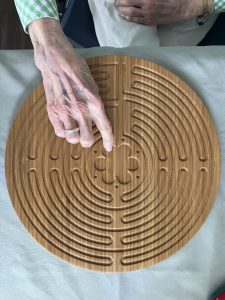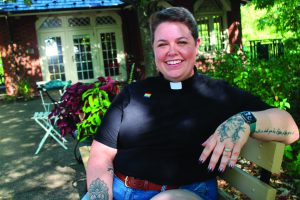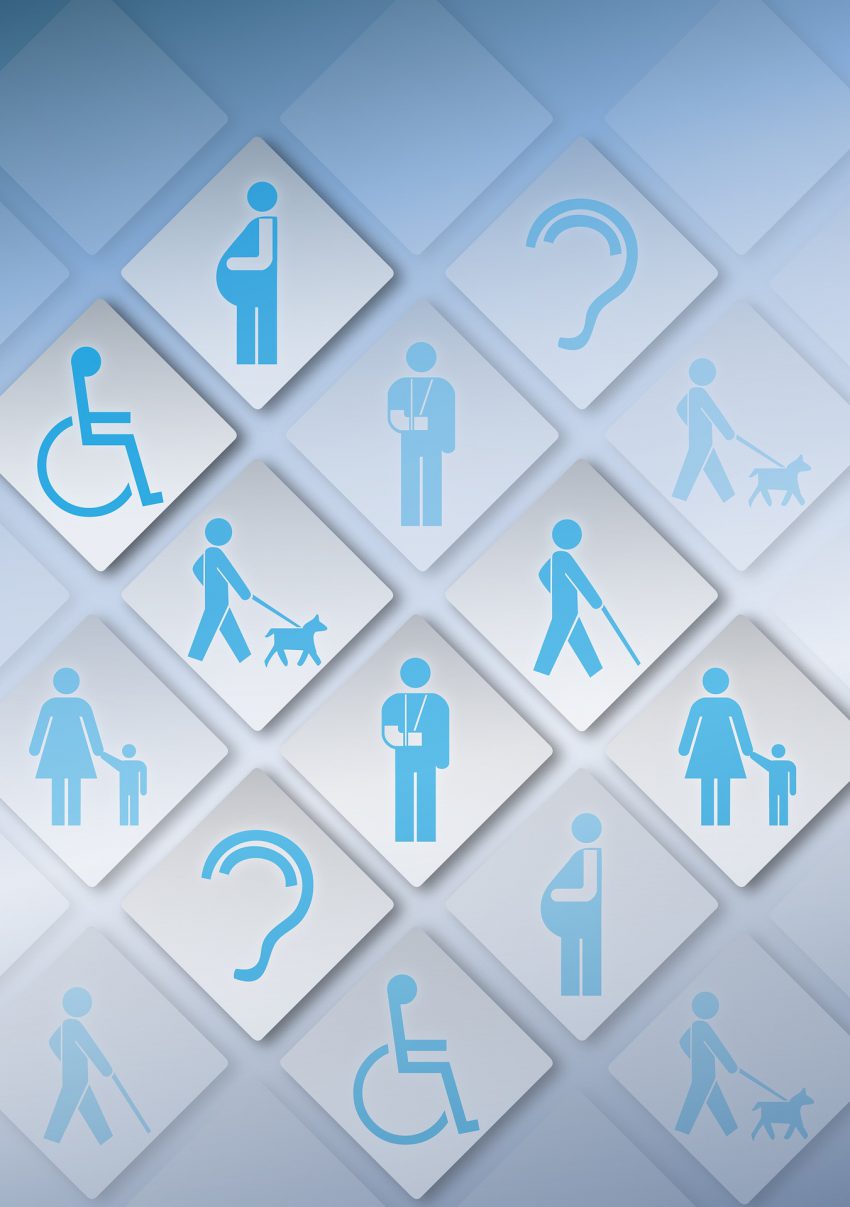When you think of disability inclusion in the church, what comes to mind? Is it a row of occupied wheelchairs in the back of the sanctuary? Is it a youth volunteer with Down syndrome? Is it a ramp or an elevator? Disability inclusion can look like a lot of different things. And while the specifics of what it might look like vary depending on the congregation and uniqueness of the building, the core principles always remain the same.
Disability Theology: Gifts for the Common Good
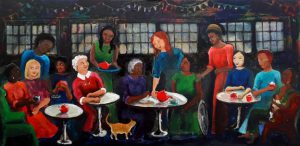
The theological principle that underpins everything to do with inclusion of any kind is that all people are made in the Image of God and bestowed by the Spirit with gifts to contribute to the common good (Gen 1:26 and 1 Cor 12:4-7). We thus believe that everyone, regardless of ability, is beloved and has a purpose to share with the wider community. Including people with a wide range of abilities is not catering to a small group; it is making space at the table for everyone. Because while disability may often look a certain way, everyone will some day need an accommodation of some kind. As people age, sight and hearing tend to fade, minds forget things, and joints don’t move like they used to. Inclusion of people with disabilities extends a hand to everyone whose body or mind doesn’t do what it is supposed to. And it makes room for the whole community to be blessed by those witnesses in our midst.
But you don’t have to look far to see that we have not always lived into that. God’s call for us is to be a people of reconciliation (2 Cor 5:18), and there is much to reconcile between the church and the disability community.
Acknowledging A Rocky Relationship
The history of the relationship between the disability community in the United States and the Church is a long and rocky one. In the days of Dorothea Dix in the 1800s, people with disabilities were shut away in institutions where conditions were inhumane and cruel. Around this same time, Unsightly Beggar Ordinances, also known as “ugly laws” started popping up on the books around the country. These laws made it so that it was illegal for “any person, who is diseased, maimed, mutilated or deformed in any way, so as to be an unsightly or disgusting object, to expose himself or herself to public view.”
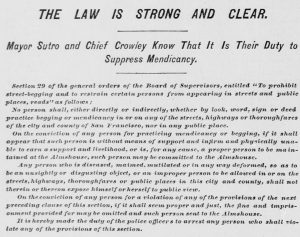
This history is important, because we need to know the social context that we are stepping into when trying to welcome and include. And while those events seem far in the rearview, they still ripple into today. It wasn’t until the 1970s that the public actually understood the atrocities that occurred at those institutions. And it wasn’t until 2018 that the last state institution in Pennsylvania closed. Without those institutions, people with disabilities found themselves without support and without equal opportunity for employment and independence.
Thankfully, laws like the Americans with Disabilities Act (1990) and the Individuals with Disabilities Education Act (1990) are in place to ensure equal protection and opportunity for people with disabilities. But what does all that have to do with the Church? When the ADA was going through congress, the biggest opposition to the bill was from religious organizations. They carved out exemptions when the bill became law. This sent a clear message to the disability community, that they are not wanted in our sacred spaces. So when we are looking to welcome and include those with disabilities, we are working in the shadow of all that has come before.
All of this to say that disability inclusion in the Church is more important now than ever. And while the complexities of history can feel overwhelming, we move forward with small and intentional steps.
Disability Inclusion Sunday As an Opportunity to Welcome
The Presbyterian Church USA recognizes the second Sunday in September as Disability Inclusion Sunday. This year, that is Sun., Sept.14. This is an opportunity to step into the work of reconciliation alongside our disabled neighbors. We can adapt our worship practices with simple things.
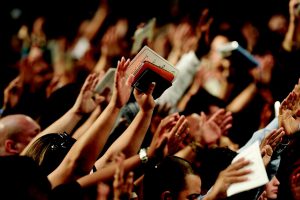
Preaching from the floor instead of the chancel gives those with mobility issues the opportunity to not just observe, but participate. Large-print bulletins and materials make engaging in activities more accessible for those with visual impairments. Adjusting our language in worship can decrease invisible barriers also. We often say “Please rise for the . . . ” I encourage you to think about what that really says. For those who can’t physically rise for a multitude of reasons, this unintentionally excludes them from fully worshiping. Some have substituted with “please rise in body or spirit for . . . ” which gets closer to including everyone. I encourage worship leaders to think about why we ask folks to rise, what it means to not rise, and whether we can worship without rising in that way.
Additional Resources
This is a much larger conversation with much nuance and context than can be expressed in one blog post. My hope is that you might explore some of the resources that Presbyterians for Disability Concerns has developed. You can find liturgies, Sunday school lessons, prayers, and more in our Disability Inclusion Sunday Worship Packet.
If you and your congregation want to dive deeper into the accessibility and inclusivity of your spaces and practices, I encourage you to explore PDC’s Padlet of disability inclusion resources.
 Hunter Steinitz, ’22 is a Candidate for Ordination under care of Pittsburgh Presbytery, and Ruling Elder at Riverview United Presbyterian Church (Pittsburgh, Pa.). She is also a contributor to the Presbyterian Outlook and disabled self-advocate. Hunter is the oldest woman in the United States with her rare genetic skin condition, and she advocates for the diverse beauty of all beloved people made in the Image of God.
Hunter Steinitz, ’22 is a Candidate for Ordination under care of Pittsburgh Presbytery, and Ruling Elder at Riverview United Presbyterian Church (Pittsburgh, Pa.). She is also a contributor to the Presbyterian Outlook and disabled self-advocate. Hunter is the oldest woman in the United States with her rare genetic skin condition, and she advocates for the diverse beauty of all beloved people made in the Image of God.
Read Next
